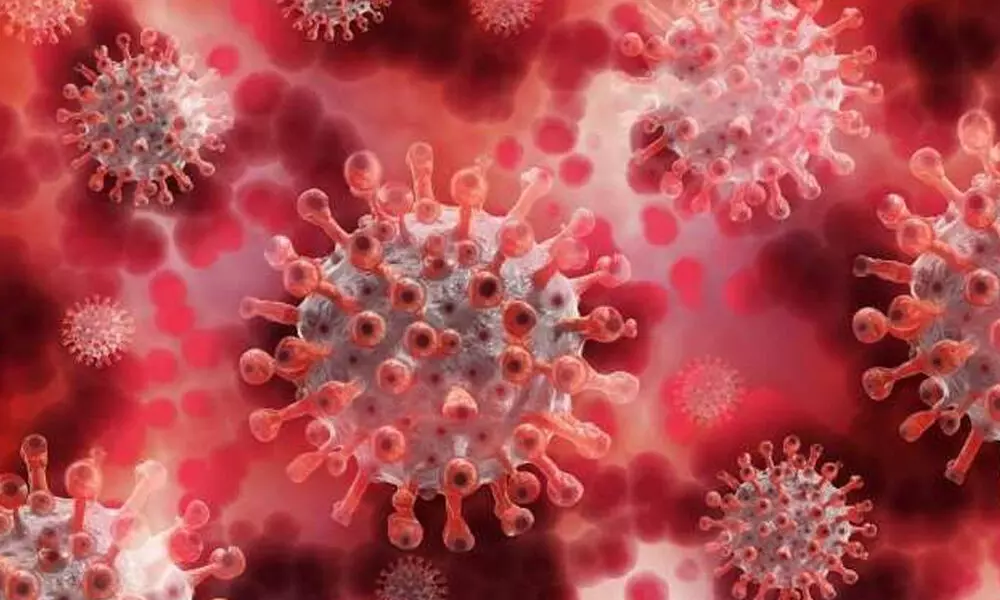Scientists develop coronavirus protocols to quickly spot mutants
image for illustrative purpose

London A worldwide network of scientists has isolated functional units of the SARS-CoV-2 proteins in such a way that their structure, function and interactions can now be characterised by researchers the world over and develop protocols to quickly spot mutations and new variants. The global consortium, led by researchers at Goethe University Frankfurt and TU Darmstadt, provides working protocols that will allow laboratories around the world to work quickly and reproducibly on SARS-CoV-2 proteins and also the mutants to come.
When the Covid-19 virus mutates, this initially only means that there is a change in its genetic blueprint. The mutation may lead, for example, to an amino acid being exchanged at a particular site in a viral protein. In order to quickly assess the effect of this change, a three-dimensional image of the viral protein is extremely helpful. "This is because it shows whether the switch in amino acid has consequences for the function of the protein or for the interaction with a potential drug or antibody," researchers said in a paper published in the journal Frontiers in Molecular Biosciences.
The network, coordinated by Professor Harald Schwalbe from the Institute of Organic Chemistry and Chemical Biology at Goethe University, spans the globe. The elaboration of laboratory protocols for the production of proteins is already the second milestone. In addition to proteins, the virus consists of RNA, and the consortium already made all important RNA fragments of SARS-CoV-2 accessible last year.
With the expertise of 129 colleagues, it has now been possible to produce and purify 23 of the total of almost 30 proteins of SARS-CoV-2 completely or as relevant fragments "in the test tube", and in large amounts.

